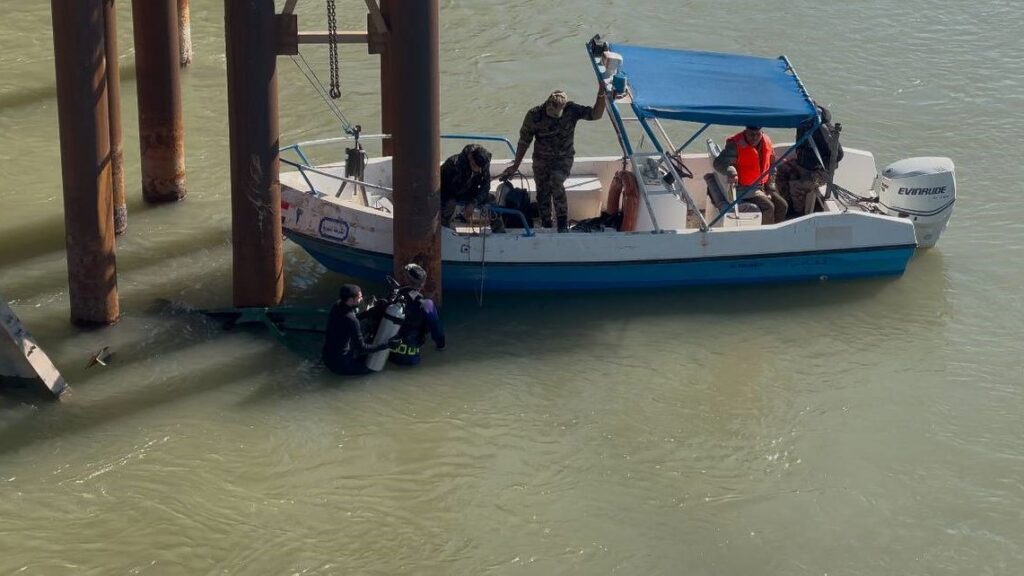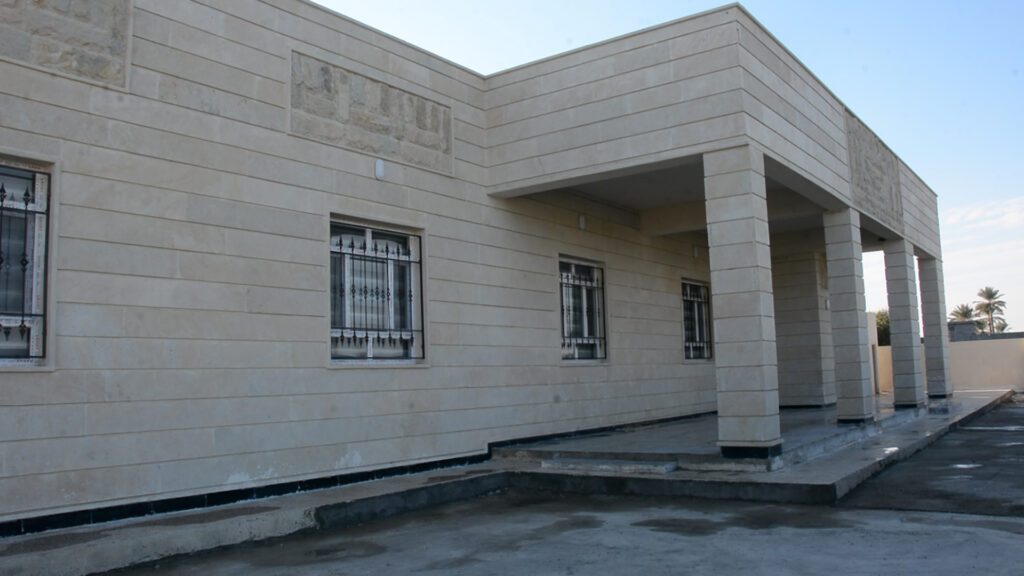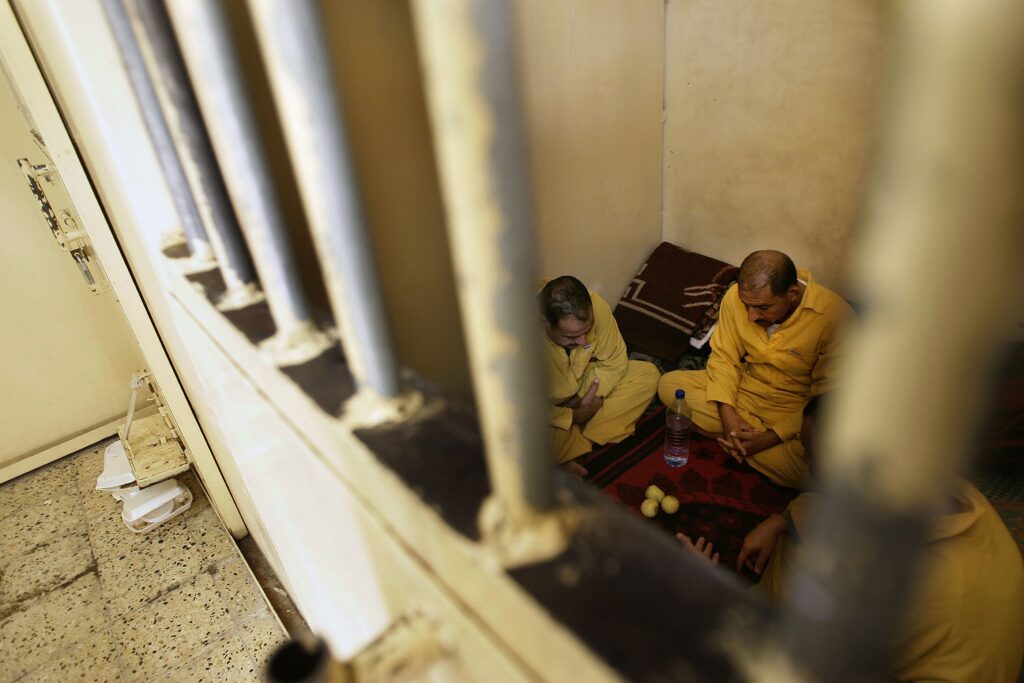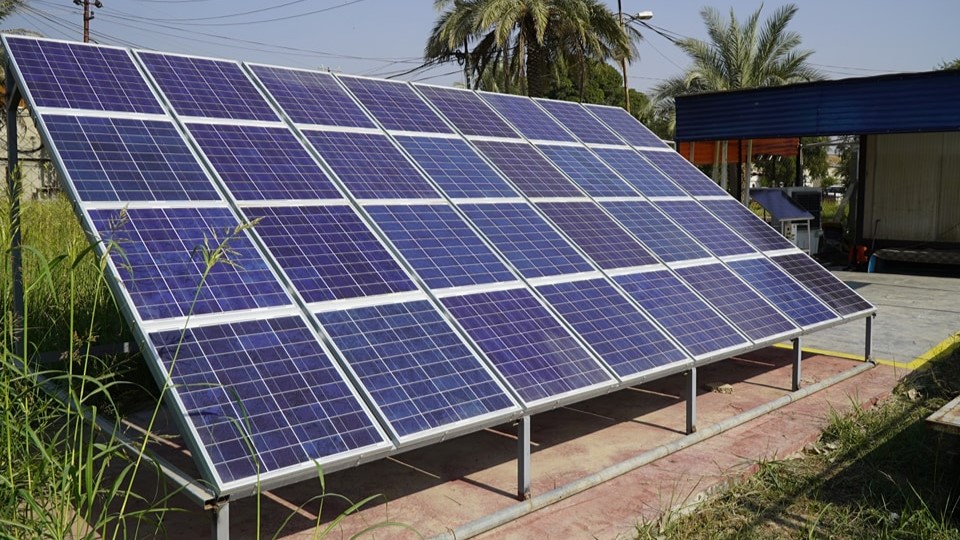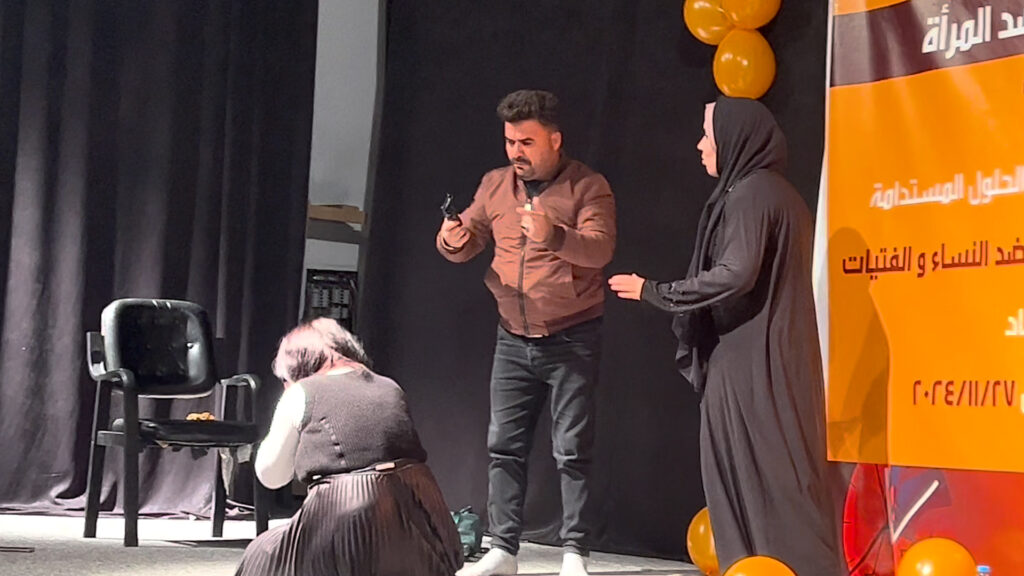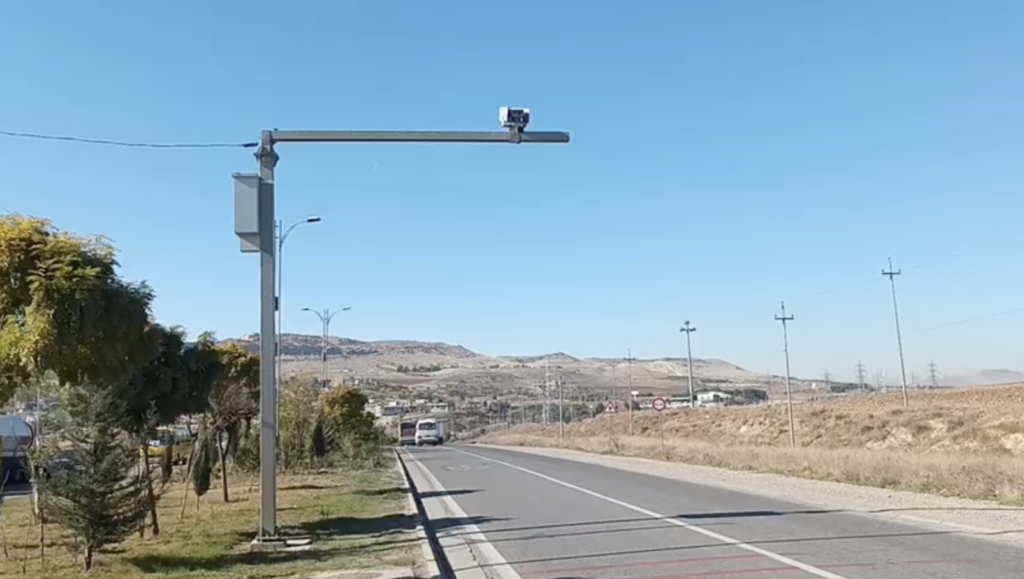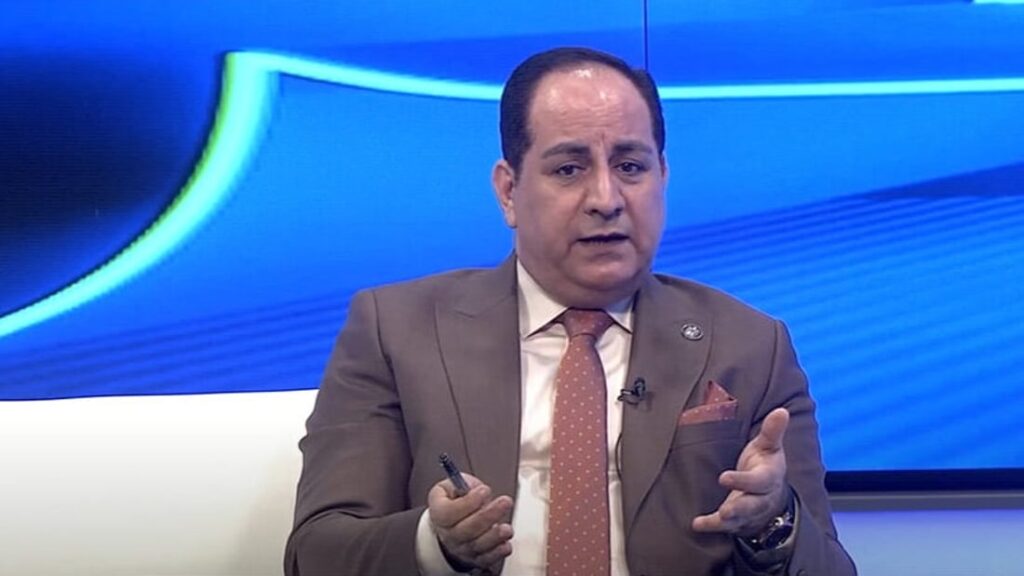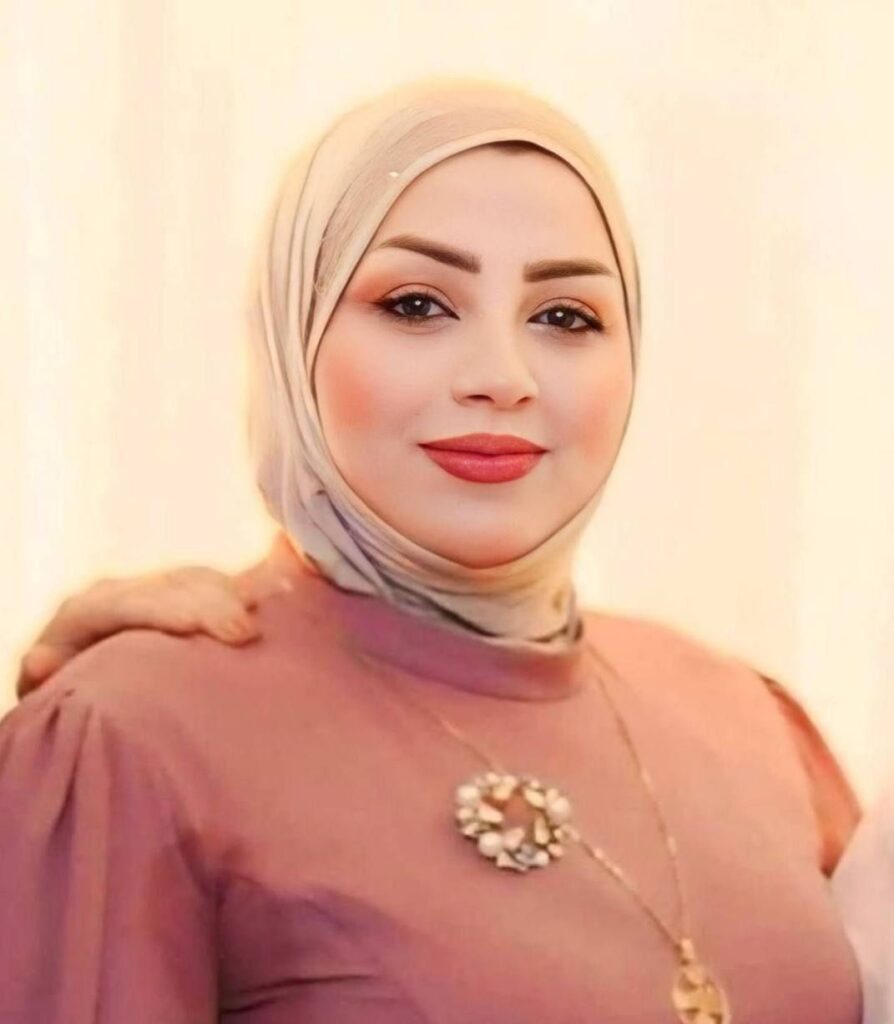Syrian Arab Republic: UNICEF Syria Crisis Mid-Year 2019 Humanitarian Results
Highlights
• In Syria, UNICEF continued to deliver assistance to Al Hol camp, which hosts more than 70,000 displaced people (90 per cent women and children) due to escalation of the conflict in Hajin. Needs in the camp remain considerable across all sectors and with rising temperatures, water-borne and respiratory diseases as well as malnutrition have increased. A total of 1,700,000 liters of drinking water are provided daily in the camp through emergency water trucking and existing treatment plants, along with 754,000 liters for domestic use, translating into 30 liters per person per day. Meanwhile, around 9,000 children have been reached through non-formal education activities in temporary learning spaces.
• With the rise in temperatures during the summer, water demand in Za’atari camp, Jordan has increased by more than 30 per cent (50 to 55 liters per person per day), exceeding the capacity of the three existing boreholes. This has required external trucking of water from nearby sources to supply the increased water share. UNICEF is continuing to mobilize resources to meet the extra costs of demand, and to support the installation of a fourth borehole to compensate for the water shortage in the coming months.
• In Iraq, UNICEF continued its commitment to incentives for 2,021 Syrian teachers and education support staff in 44 camp and non-camp schools in the Kurdistan Region of Iraq. This has helped sustain access to formal education for around 29,000 school-age Syrian children, including 14,430 girls.
• As of mid-year, 2019, the Conditional Cash Transfer for Education Programme for Refugee Children grew considerably in Turkey, with almost 511,500 refugee children having received at least one payment, an increase of nearly 25 per cent since December 2018.
• In Lebanon, during the second quarter of 2019, different measures have led to increased pressure on refugees and a shrinking protection space: Notably, in April, the High Defense Council (HDC) adopted decisions relating to stricter enforcement of existing laws including against Syrians entering Lebanon illegally, Syrians working without permits, and on the dismantlement of unauthorized solid structures in refugee shelters. UNICEF is looking at the implication on children and possible mitigation measures, providing assistance in response to dismantlement and intensifying high-level advocacy efforts.
• During the past six months, in Egypt, 16,665 children (8,173 males and 8,492 females) benefitted from life skills education to enhance their resilience and strengthen social cohesion among Syrian and non-Syrian refugees as well as host community children. Also, as of June 2019, UNICEF and partners have reached 52,966 children, adolescents and young people with structured and sustained psychosocial support, child protection and life skills programmes.
SITUATION IN NUMBERS
In Syria
5 million # of children affected
11.7 million # of people affected (HNO summary, 2019)
Outside Syria
Over 2.5 million (2,531,642) # of registered Syria refugee children
Over 5.6 million (5,625,871) # of registered Syrian refugees (UNHCR, 14 July 2019)
UNICEF Appeal 2018 US$ 1.2 Billion
Funding Status US$ 665.4 Million
Syria
Situation Overview and Humanitarian Needs: North East Syria (NES) remains one of the most complex operating environments in the country, due to a combination of ongoing hostilities, weather-related hazards and population movements. Currently, 1.65 million people need humanitarian assistance in NES – 14 per cent of the overall total. UNICEF together with other 34 humanitarian partners continued to deliver assistance to Al Hol camp, which hosts as of end June a total population of 70,097 people (over 90 over cent are children and women). The camp population soared from 20,000 to over 70,000 people in the first months of 2019, as a result of the escalation of the conflict in Hajin (Deir-ez-Zor governorate). However, in June the camp population started decreasing for the first time (a reduction of some 3,000 people since April), due to repatriations to third countries and returns of internally displaced persons to Raqqa governorate. Needs in the camp remain considerable across all sectors, including protection, health, water, sanitation and hygiene, shelter and education. As the population in Al Hol camp has stabilized, conditions have slightly improved as gaps are in process of being addressed by humanitarian actors. With rising temperatures, water-borne and respiratory diseases as well as malnutrition have increased; however, overall emergency thresholds have not been breached and responses remain within SPHERE standards.
In terms of protection, by mid-June, at least 502 unaccompanied/separated children (UASC) were identified and 207 reunified with their families. In health, despite improved medical services and quality of health services, providing adequate health assistance to the entire camp population is still a challenge; the past few months saw improved health services and medical responses. However, significant challenges still remain to meet the needs of the camp population. For nutrition, a total of 20,649 children under the age of five and 5,651 pregnant and lactating girls and women are targeted; detection and identification of these groups is key, alongside prevention feeding programmes and treating malnourished children. In WASH, a total of 1,700,000 liters of drinking water are provided daily in the camp through emergency water trucking and existing treatment plants, and 754,000 liters for domestic use, translating into 30 liters per person per day. Altogether, 3,969 latrines and 1,727 showers, with gender segregation, were installed with 120 toilets and 120 showers under construction. In Education, an estimated 26,000 children aged 3-17 have been out-of- schools for years due to conflict and displacement and in need of education services. Around 9,000 children are reached through non-formal education activities in temporary learning spaces while 500 children with early childhood development interventions.
In the North- West of Syria, the conflict between the Government of Syria (GoS) and allied forces and non-state armed groups (NSAGs) scaled- up since end of April 2019 and continued unabated until end of June, exacting a heavy toll on civilians, resulting in the displacement of hundreds of thousands of people, disrupting the provision of basic services, and killing and injuring large numbers of civilians. The humanitarian impact of airstrikes and shelling on civilians, particularly those reported taking place in densely-populated areas, continue to compound an already dire humanitarian situation. Local sources reported hundreds of civilians, including women and over 130 children, killed due to airstrikes and shelling with many others injured; civilian infrastructure, including schools, hospitals and IDP settlements, have been damaged or rendered inoperable across northern Hama and southern Idleb governorates, leading to the interruption or discontinuation of vital services to affected populations. Since end of April, at least 25 health facilities and 45 schools were damaged by airstrikes and shelling in northern Hama and southern Idleb governorates, resulting in 400,000 children not able to sit for final exams in Idleb (as reported by the Education sector). Between May to 13 June, some 330,000 people were displaced from northern Hama and southern Idleb governorates towards densely populated areas nearby, putting humanitarian operations, already above capacity, under considerable strain. UNICEF, together with other humanitarian actors, scaled- up its operations through the cross-border hub in Gaziantep, as part of the Whole of Syria approach.
In the South of the country, the movement of civilians from Rukban settlement that started in March, continued and as of 30 June 2019 a total of 15,569 people left the camp towards five shelters in Homs governorate, representing over 37 per cent of Rukban’s initial population of nearly 42,000. Once in Homs, the majority spend approximately 24 hours at the shelters where children are vaccinated, and families receive humanitarian and medical assistance. UNICEF and other UN agencies continued to support through the Syrian Arab Red Crescent in the five shelters and nine locations in Homs governorate where Rukban’s returnees are settling. The remaining population in Rukban is suffering from harsh living conditions that are deteriorating by the day as temperatures rise and food and medication become increasingly scarce.

